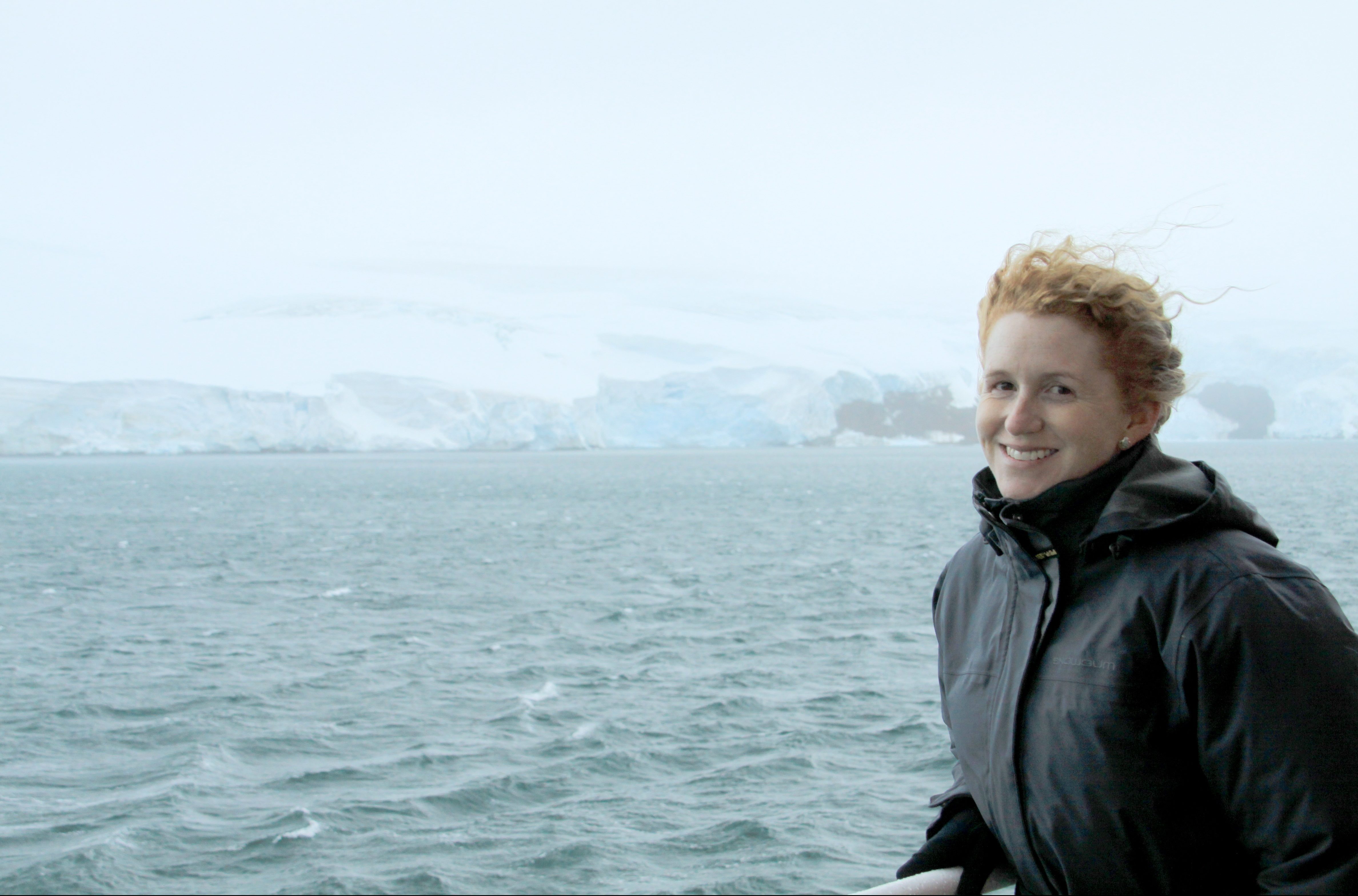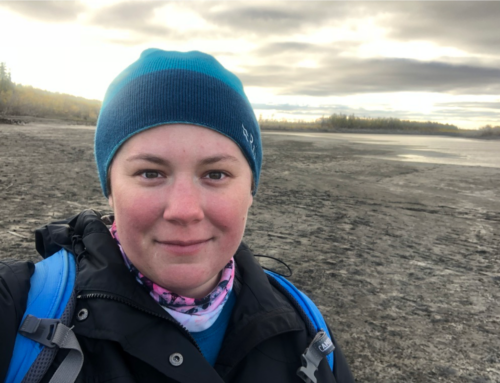Congratulations to Dr Ceridwen Fraser – recipient of the International Biogeography Society’s 2019 MacArthur & Wilson Award!
Dr Fraser is an early-career biogeographer who has had a considerable impact on the field of biogeography. Her highly innovative research on southern postglacial distribution shifts and geothermal glacial refugia has greatly expanded our understanding of how species distributions were influenced by past climate change in the Southern Hemisphere, and has highlighted key differences in Southern versus Northern Hemispere postglacial biogeographic changes.
Three key, inter-related areas to which Dr Fraser has made significant, innovative contributions include:
Postglacial distribution shifts in the Southern Hemisphere:
In the Northern Hemisphere, a great deal of research in recent decades has used molecular approaches to infer poleward or uphill distributional shifts for hundreds of taxa with postglacial warming. In contrast, until recently almost no comparable research had been conducted in the Southern Hemisphere, and how and where species had survived glacial periods in refugia, or how and which species had changed distributions, was poorly known. Dr Fraser’s work on passive dispersal of intertidal communities in the Southern Ocean has revealed striking signatures of postglacial recolonisation of many Southern Hemisphere shores since the Last Glacial Maximum (LGM). Importantly, she was able to use biological (phylogeographic) data to infer that existing models had drastically underestimated LGM Antarctic sea ice extent [9], and that oceanographic changes around Australia at the LGM affected species’ past distributions and contemporary biogeographic structure [10]. Her ground-breaking work on responses to past climate change in the Southern Hemisphere led her to be invited to write a review of postglacial trends for the prestigious journal Trends in Ecology and Evolution [21], where she highlighted key differences in responses, and challenges to movement, for Southern versus Northern Hemisphere organisms. Specifically, she showed that the Southern Ocean has apparently acted as a significant barrier to north-south movement for many species, whereas taxa in the less-oceanic Northern Hemisphere have been more able to achieve large latitudinal shifts with past climate change. Fraser has also contributed several other review papers on biological responses to climate change in the Southern Hemisphere [3, 22, 33, 34].
Long-distance dispersal:
Dr Fraser’s research on long-distance trans-oceanic dispersal in the Southern Hemisphere has ranged across diverse organisms and made several fascinating breakthroughs. For example, she made the first direct observation of a long-distance dispersal event by an entire community (diverse benthic invertebrates that had travelled across hundreds of kilometres of open ocean via rafting with buoyant macroalgae) [16], and has supervised research students testing the dispersal capacity of polychaete worms along Australian coasts [30] and penguin ticks around Australasia [32]. She has contributed to several key reviews of dispersal biogeography [4, 18, 23], including a major recent review of dispersal and connectivity of both marine and terrestrial taxa in the sub-Antarctic, led by one of her PhD students [39]. Recently, she has been investigating – in collaboration with the nominators and others – the critical role of density-dependent processes in restricting gene flow among populations despite ongoing dispersal [23, 29, 43]. This ‘founder takes all’ (aka ‘density- blocking’) process appears to underpin the distributions of many taxa and lineages globally, across a range of spatial scales, and helps to explain the endurance of signatures of long-past events (such as postglacial recolonisation) in phylogeographic patterns today. Dr Fraser has recently been awarded a prestigious, four-year Fellowship to determine the extent to which this process influences biogeographic patterns.
Geothermal glacial refugia:
How terrestrial species survived past ice ages in Antarctica has long puzzled scientists, with biological evidence indicating long term in situ survival, in apparent conflict with glaciological models of comprehensive ice coverage [21]. Fraser’s highly innovative hypothesis that volcanoes could have sheltered life through past ice ages in Antarctica has been supported by her empirical analyses demonstrating that biodiversity decreases with distance away from geothermal areas on the continent [27]. She has also used metabarcoding of soil from geothermal Antarctic caves to infer that diverse eukaryotes still inhabit subglacial geothermal environments in Antarctica [41]. The concept of geothermal refugia in Antarctica has now been widely accepted and has influenced diverse scientific and policy results (52 scientific papers have cited her 2014 PNAS paper on geothermal refugia; and the results fed into decisions to increase protection of geothermal areas in Antarctica at the 2014 meeting of the Scientific Committee of Antarctic Research).
Dr Fraser’s contributions have been both innovative and important to the field of biogeography, and we’re excited to present the MacArthur & Wilson Award to her at the upcoming 9th Biennial Conference of the International Biogeography Society. Join us in hearing her plenary talk in Malaga, Spain – January 8-12, 2019!







